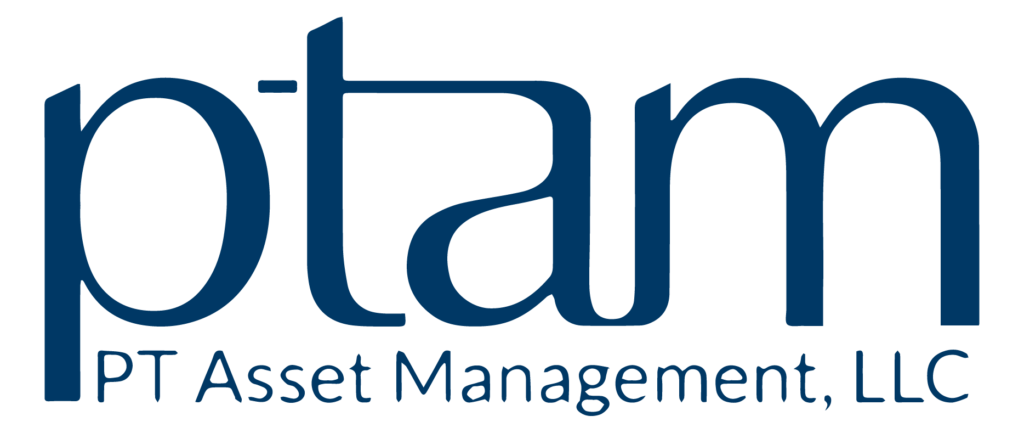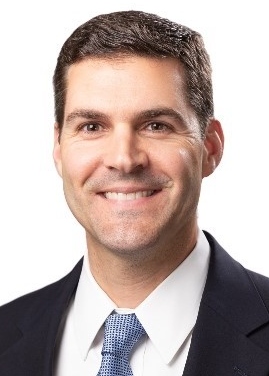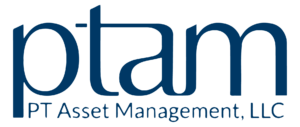What is your take on Trumps tariff announcement and the potential market impact?
Plaiss: I believe there’s two ways to interpret this. One theory is that he does believe in implementing reciprocal tariffs. Mainstream economic thought is that tariffs are a tax on trade. When you tax something, you have less of it, which would mean less trade, less wealth creation, and potentially slower economic growth. If this theory is true, and Trump does implement tariffs, I believe this would negatively impact both the equity and fixed income markets.
The second theory is that he doesn’t believe in implementing tariffs, and that this is just a negotiating tactic. Trump has a brinkmanship style of negotiation, and the Tariff announcement could simply be another example of this. Musk has said the proper tariff rate should be zero among our allies. Trumps Secretary of the Interior, Burgum, recently said countries have already started reaching out to renegotiate. If this is true, and this is Trumps negotiating strategy to lower tariffs, I think that would send the markets soaring.
Are you concerned about foreign institutions no longer investing in the U.S. Treasury market?
Plaiss: In the short-term, it’s a possibility, but I don’t think it’s sustainable long term. The U.S. is the biggest, deepest and most liquid market. For example, China has approximately $750B in U.S. Treasurys. If China wanted to move half of that, where would they go, Australia? Australia can’t sell China $375B of sovereign debt. China could go to Germany, but the German 10-Year Government bond is yielding roughly 2.5%. If money floods into Germany, it will drive yields down even lower. Hypothetically, would foreign investors be angry enough with the U.S. to invest at 1.5% in German government bonds when they could be investing at 4.5% with the U.S.?
How has the yield curve been impacted?
Plaiss: We’ve seen rates on the long end of the curve rise more than rates at the intermediate part of the curve.
Regarding what is causing the steepening of the yield curve, it’s simply hard to say. As I’ve said before, markets don’t sit down to tell you what’s going on. That being said, possible causes include concerns around stagflation preventing the Fed from cutting rates, foreign investors fleeing U.S. debt and investors flocking to cash.
How have the credit spreads been impacted? What do these changes represent?
Harris: Spread have widened across most fixed income sectors since April 2, but have primarily returned to a more “normal” median level since they had been at historic tights. The recent spread widening represents uncertainty and investors pricing in the possibility of a recession.
What will it take for credit spreads to stabilize?
Harris: First, investors need clarity about the magnitude, timing, and responses from other countries regarding tariffs. Second, investors need to know the rules of the road have been established, and that they are not going to change much. And third, investors need to understand the impact tariffs will have on the real economy based on hard data.
Should investors stay in cash until the volatility is over?
Harris: In 2023, the 1-Year Treasury was yielding over 5%. Now, the 1-Year Treasury is just above 4%. High yield corporates are yielding over 8%. The opportunity cost is very real today. There is a fair amount of opportunity an investor forgoes in order to hide in cash at this moment.
What keeps you up at night?
Plaiss: If you do what we do for a living, these are the moments you live for. These moments don’t keep me up at night, I set my alarm earlier to get to work, because I want to get at it right away. Moments like this create opportunities.
What opportunities have emerged?
Plaiss: Opportunities have emerged in the municipal bond market that are highly sought after by our team. These bonds have high credit quality and attractive structures. One of many recent examples is MIT. Higher education is one of the few sectors I’m slightly leery of in the municipal bond market, but MIT is an exception. MIT is an elite engineering school with a strong brand, and a history of not being political. MIT is AAA rated by every ratings agency, and we agree with this based on our own due diligence. There are certain bonds that MIT has issued with structures that we find attractive that we’ve been trying to acquire for over a year. In the last 9 days we’ve finally been able to purchase them.
Harris: All-in yields on high yield corporates are approaching top quartile attractiveness at approximately 8.5%. We believe this yield is significant, especially relative to the current equity market.
GLOSSARY
- Yield Curve refers to the U.S. Treasury yield curve rates.
RISKS AND OTHER IMPORTANT CONSIDERATIONS
PTAM Fund may experience negative performance.
Fund investing involves risk; principal loss is possible. Investments in debt securities typically decrease in value when interest rates rise. This risk is usually greater for longer-term debt securities. Investments in lower rated and non-rated securities present a greater risk of loss to principal and interest than higher-rated securities. Investments in asset-backed and mortgage-backed securities include risks that investors should be aware of such as credit risk, prepayment risk, possible illiquidity and default, as well as increased susceptibility to adverse economic developments. For a complete list of disclosures, please visit www.ptam.com.
Not all products shown are available through all broker-dealer firms. Financial Professionals should contact their home offices to check availability.
While the Funds are no-load, management fees and other expenses still apply. Please refer to the prospectus for further details.
The Fund’s investment objectives, risks, charges and expenses must be considered carefully before investing. The summary and statutory prospectuses contain this and other important information about the investment company and may be obtained by calling 1.877.738.9095. Read carefully before investing.
© 2025 PT Asset Management, LLC. All Rights Reserved. PT Asset Management, LLC (“PTAM”) is the advisor to the PTAM Funds. Distributed by ALPS Distributors, Inc.
Investment and Insurance Products: •Are not FDIC or any other Government Agency Insured •Are not Bank Guaranteed •May Lose Value.



